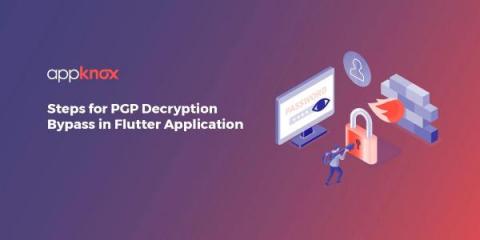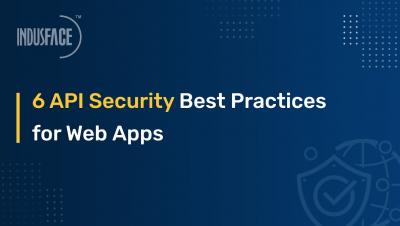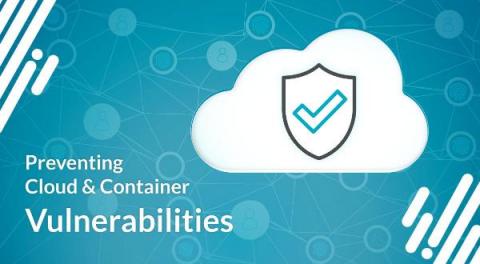How B2B Brands Can Protect Critical Business Information Through Cybersecurity
With digitalization and the “upgradation” of technology, e-commerce businesses have managed to gather a huge volume of data. It is the age of the internet of things (IoT) and industry-disrupting technologies like cloud computing, big data, mobile apps, and cloud cybersecurity are now major priorities for businesses. Over the past ten years, malware infections have been on the rise, of which 92% were delivered by email.











